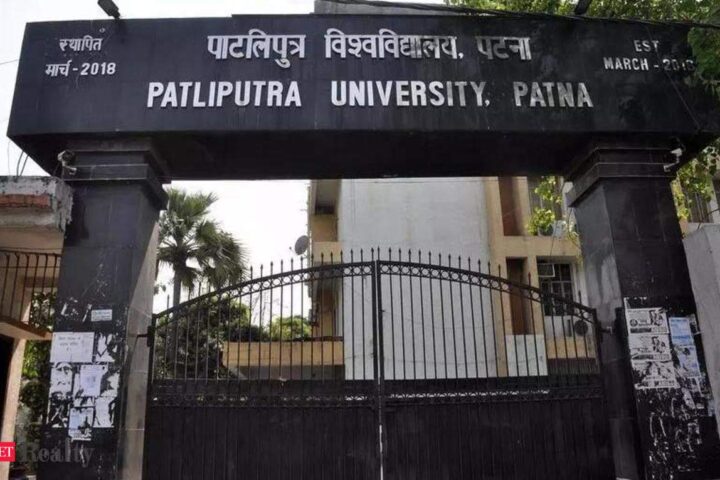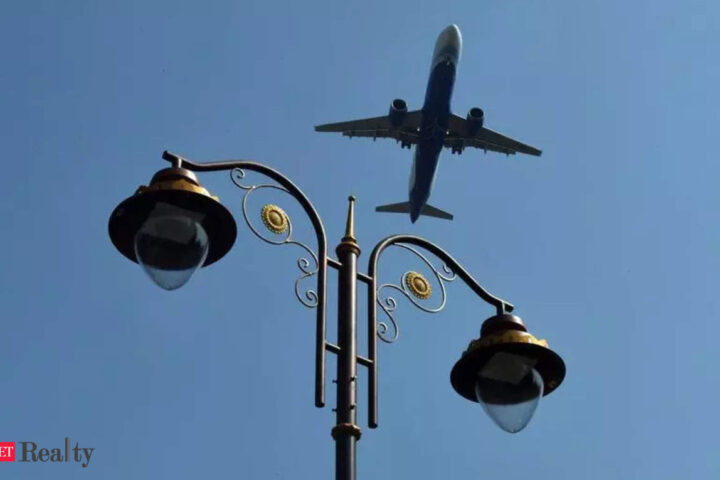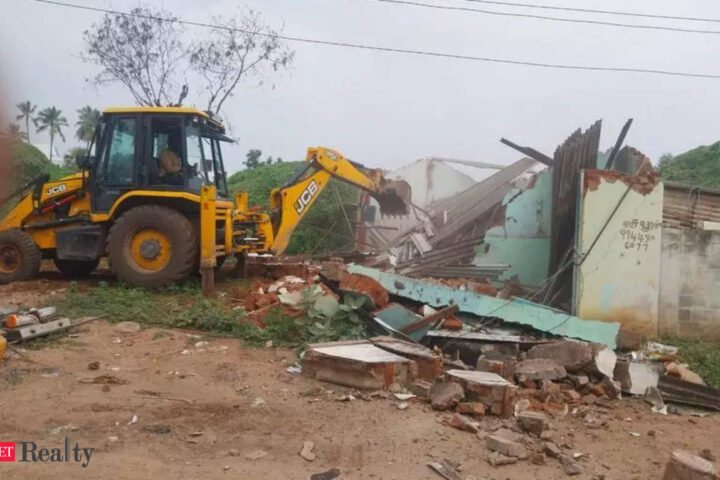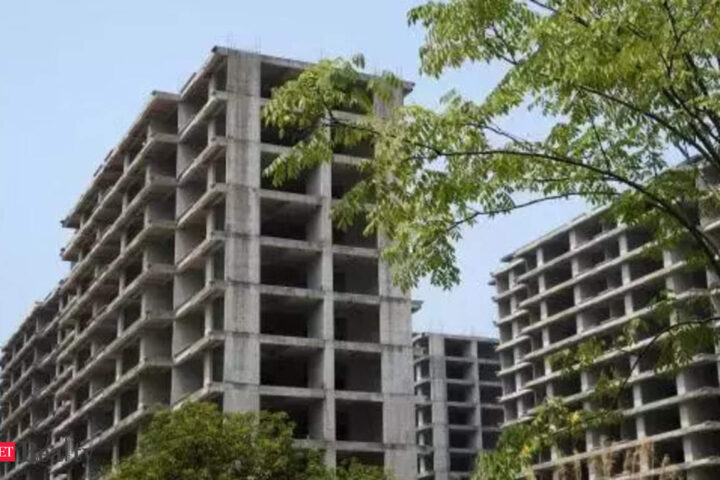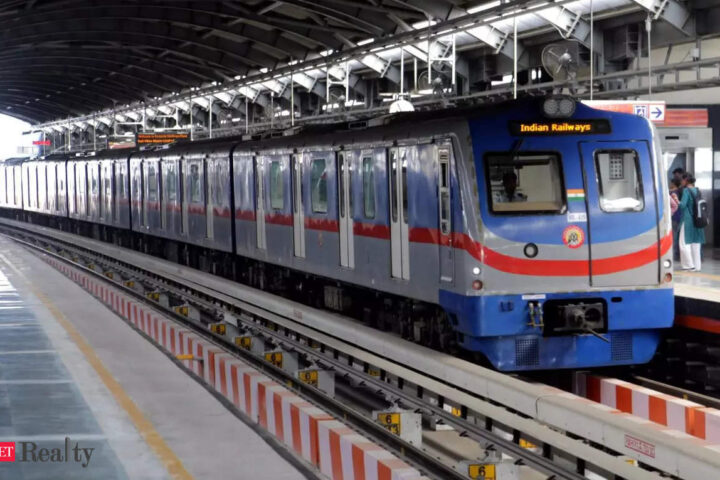
GHAZIABAD: The city’s deepening water crisis, which becomes more severe during summer, is two-pronged — shortage of potable water and its quality. By the civic body’s own admission, there is a daily shortage of 25 MLD, but activists say the figure is at best ‘conservative’.
KP Anand, the waterworks department general manager, told TOI the city needs 345 million litres of water daily (MLD) and after factoring in losses — 15% — due to leakages and other issues, the Ghaziabad Municipal Corporation supplies only 320 MLD. Of this, 55 MLD is Ganga water, and the rest, nearly 80%, is extracted from underground resources.
According to environmentalists, over-reliance and unsustainable consumption of groundwater was at the heart of the water crisis in the city, especially where it has nosedived.
Large-scale migration to the city, too, has increased the burden on the existing infrastructure.
UP groundwater board data shows the average depletion of groundwater (pre-monsoon) from 2017 to 2023 in the city zone was 9.5 metres.
“A composite water management index report released by NITI Aayog in 2019 stated that 21 Indian cities, including Ghaziabad, will run out of groundwater in a couple of years, affecting a population of 100 million people. This is indicative of an impending water crisis of much larger proportion than what we see now,” hydrologist Gemini Rao said.
Environmentalist Sushil Raghav said the civic body should try to make Ganga water — a surface water resource — more accessible. “So far, the river’s water reaches only 20 lakh people, while more than 50% are dependent on tube wells and borings. In areas such as Dundahera, Sudamapuri and Adarsh Nagar, the groundwater table has receded sharply necessitating re-boring of borewells,” Raghav said.
He added that several pockets of Sahibabad and Khoda are yet to be equipped with piped water, leading to an overdependence on groundwater resources.
Bhagat, a resident of Shiv Vihar, near Khoda Colony, said his family came to the city in search of a better life. “The least we expected from an NCR city was a regular water supply. Every morning, our women and children wait for water tankers, and when they come there is a riot-like situation,” he said.
In nearby Pratap Vihar, the crisis of drinking water has led to a dependence on bottled water.
“RO water units are mushrooming in the city. These units pack water in unhygienic conditions but people still depend on them as GMC supplies salty water, one that is unfit for drinking, to these areas. Borewells too have dried up due to overexploitation,” Singheshwar Prasad, a resident of the area, said.
Bottled water from the local RO units costs Rs 35 per 20 litres.
Anand said the civic corporation has sought Rs 2,500 crore from the Centre to revamp water infra in the city under the Atal Mission for Rejuvenation and Urban Transformation (AMRUT) 2.0.
“Currently, GMC has a 2,600-km pipeline network, 51 overhead tanks and 27 underground reservoirs. For pockets of Sahibabad, where the water supply network is missing, 64 water tankers are pressed in daily,” he said.
In Khoda, which has over 6 lakh population, mostly migrants, UP govt has approved Rs 185 crore for a 9km pipeline network to supply 50 MLD of Ganga water. The work will commence after the model code of conduct is lifted and will be completed in two years, Unmesh Shukla, a Jal Nigam official, said.





